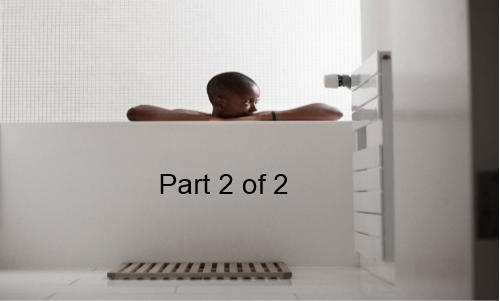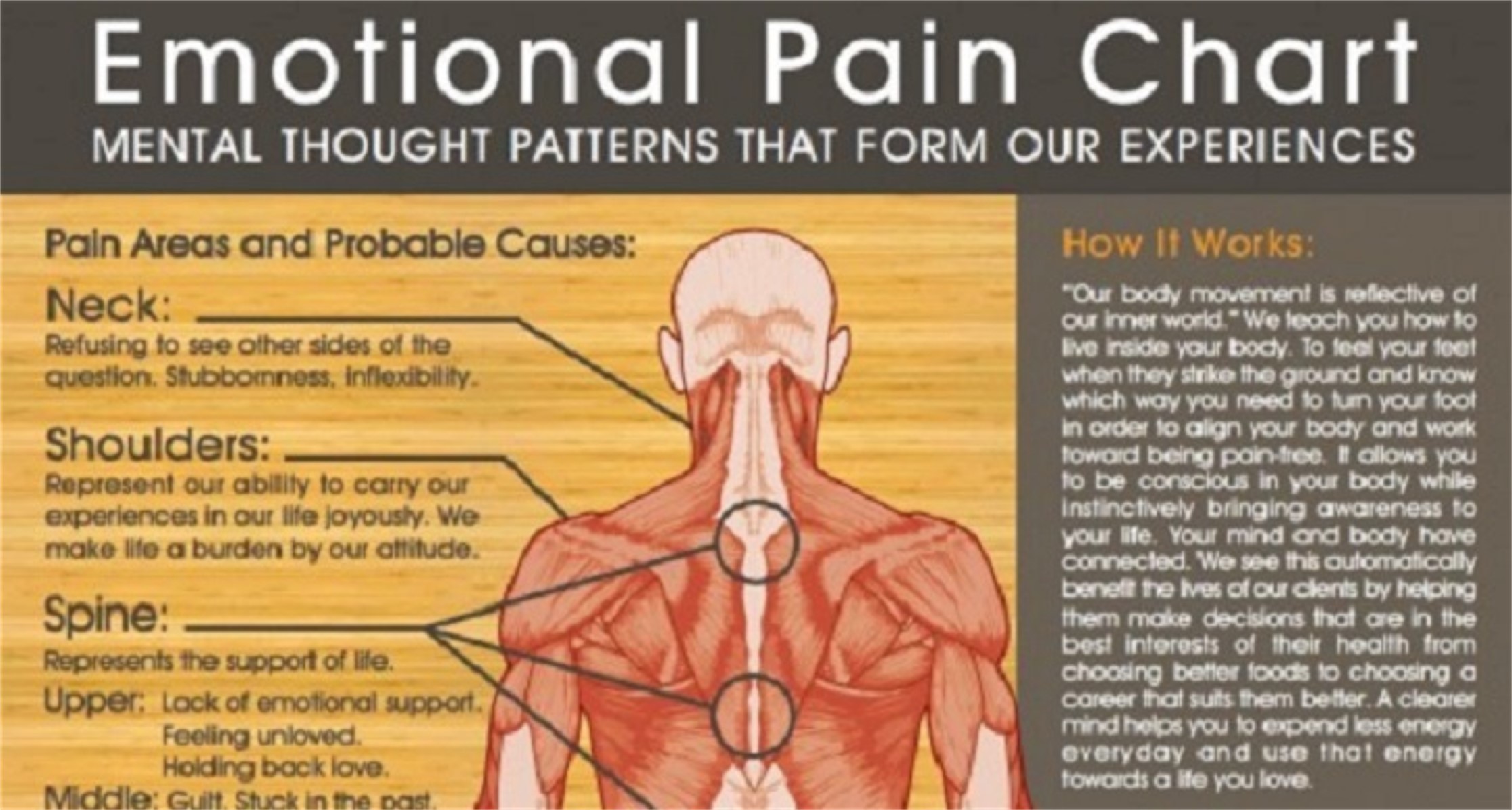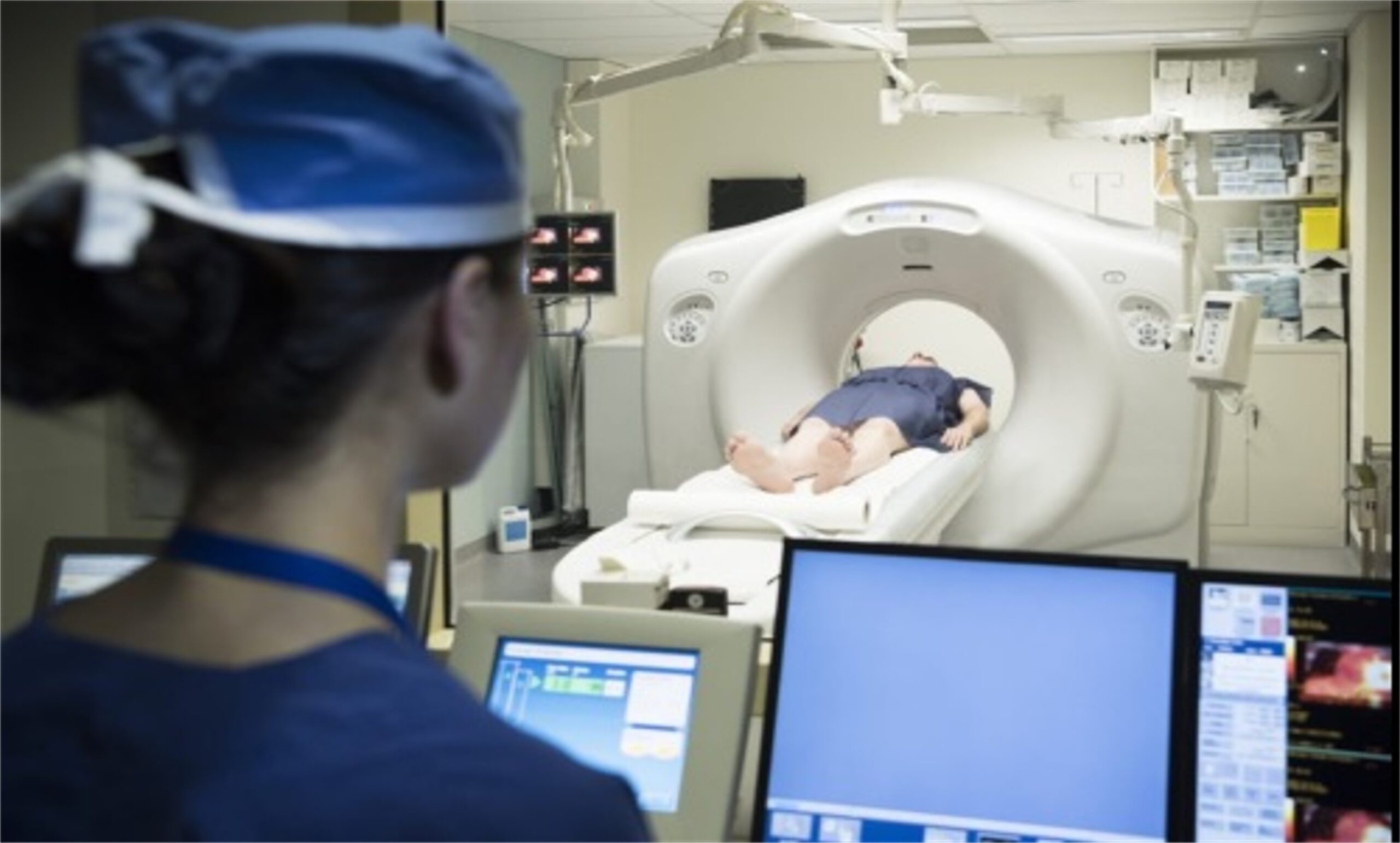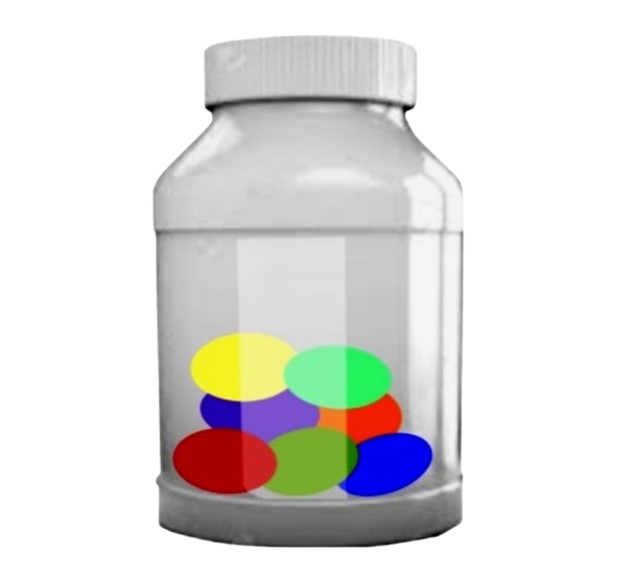
by phoebescopes | Jul 25, 2020
What is this thing we call stress?
It appears to be something of a buzzword that everyone uses these days to describe difficult or challenging life experiences.
Simply put, stress is your body’s way of responding to any kind of demand or threat. When you sense danger—whether it’s real or imagined, the body’s defenses kick into high gear in a rapid, automatic process known as the “fight-or-flight” reaction or the “stress response”.
Everyone experiences stressful situations in many different forms throughout life. We’re often warned about what stress can do but do we really understand the impact of the wrong kind of stress or being continuously stressed?
To answer the question, we first need to know how the stress response system works.
When we feel threatened, our nervous system responds by releasing a flood of stress hormones including adrenaline and cortisol, which prepares the body for emergency action. The heart pounds faster, muscles tighten, blood pressure rises, breath quickens, and our senses become sharper.
These physical changes increase body strength and stamina, speed reaction time, and enhance our focus—preparing us to either fight or flee from the danger at hand.
Once the perceived danger or emergency is over, our stress system is then free to return to a state of calm again-until the next time it’s called on.
Right?
Well, it’s true that when working properly, the stress response helps us stay focused, energetic, and alert which in emergency situations, can provide extra strength to defend and protect us in life situations.
In day-to-day living, stress is what keeps us on your toes for that works presentation job interview or maybe taking a driving test and stress can help us rise to meet challenges.
So yes, in an ideal situation, the stress system would work as described but instead, it seems to have so much more to be on guard against these days!
Our nervous system isn’t very good at distinguishing between emotional and physical threats so many more people are experiencing major difficulties managing their stress levels.
Chronic stress disrupts nearly every system in your body. It can suppress your immune system, upset your digestive and reproductive systems, increase the risk of heart attack and stroke, and speed up the aging process.
It can even rewire the brain, leaving you more vulnerable to anxiety, depression, and other mental health problems.
A few health problems caused or exacerbated by stress include:
Depression and anxiety
Pain of any kind
Sleep problems
Autoimmune diseases
Digestive problems
Skin conditions, such as eczema
Heart disease
Weight problems
Reproductive issues
Thinking and problems with memory
Ok, I have to admit that I enjoy filling my time with all sorts of creative projects and I get a kick out of being ‘on the go’. I’m sure that my attitude developed as a result of having a childhood illness that meant I was sometimes in hospital-laid up in bed for weeks at a time.
So, I guess I am now the sort of person that prefers to be upright… always looking for challenging things to occupy myself with, whether on a recreational level or in my work.
I can sometimes bite off more than I can chew which left unchecked begins to produce the wrong chemicals in the body.
I know first- hand that beyond a certain point, the once productive stress that usually serves to keep us excited and focused slowly becomes like a poison running through the nervous system.
It starts causing major damage to our health, our mood, our productivity, our relationships, and our quality of life.
With an autoimmune condition, I am much more aware about how stress affects me. Negative thoughts, raised ugly voices during rows, anger and frustration are among the top worst emotions for me to engage in as they often result in a sudden, pounding headache, fatigue and numbness in my legs afterwards.
I once even developed a sort of temporary blindness in one eye after having a steaming row with a friend.
The Tragedy of burying loved ones and the mixed emotions I held after shutting down my 15 year design business also created the biggest and most destructive stress triggers that my system had dealt with in many years!
My body was shutting down because it was in a continuously, hightened state of shock.
I no longer had a calm period-but was instead quickly burning out. Around this time, my autoimmune condition came to life and wouldn’t shut down. It is both fascinating and terrifying just how stress can affect us.
My saving grace was being able to first identify what was now fueling or creating a number of symptoms and then use a number of tools to begin calming my immune system-but it was still only after a couple of years of being so unwell that the ‘drowning feeling’ I’d had battled for so long, finally left my stress system.
If you tend to get stressed out frequently—as many of us do in today’s demanding world—your body may be in a heightened state of stress most of the time. And that can lead to serious health problems.
What can you do to keep an eye on your stress response system?
There are simple things you can do to try and consciously avoid some of the stress triggers I mentioned earlier.
Take a ‘time out’ break before your activities overwhelm you. Short breaks work best and are easier to factor in.
When you are here, use your ‘time out’ to meditate, listen to soothing music or engage your mind in a breathing awareness exercise.
I also believe that the act of recognizing that you are in a stressful situation in the first place and then working to remove it helps to manage and modify the long term negative impacts of living with the wrong kind of stress.
The techniques you can use for instant ‘calming’ are visualization and mantra work.
I like the fact that both can be used-and practiced anywhere and don’t cost anything! If I feel sad, anxious or nervous about something, the first thing to do is to try and slow the pace of your heart which is usually pounding or racing at that moment.
Leaving you with something I do:
To slow things down, I imagine that I’m in a garden surrounded by the sweetest smelling flowers that I really love such as freesia.
I take deep breaths to fully hold on to the smell and as I do this, I repeat a mantra in my head or out loud.
I also use this technique if I’m having some difficulty winding down or sleeping.
Lying in bed, I begin to repeat a mantra in my head and initially feel that it’s not working and I’m still awake but in the morning, I always wander how and when I finally drifted off.
What do you do?
Like this article? Please show the love and share it with friends on social media.

by phoebescopes | Jul 25, 2020
Our brains are described a being plastic. They continually remould neural connections as we learn experience and adapt.
When I was a child, I would sometimes imagine being small enough to get into a bubble that would take me on a journey around the inside of the body.
I had it all worked out…Skin was represented by a large blanket that I used to covered my tree house with.
Blood was the river that my bubble was floating on; that took me through the body…and bones were mountains, caves and crevices on the adventure.
Looking back on my imagination and my floating bubble, I realize that at that time in my life, I was just curious about finding the places in my body that were not well, so that they could be repaired.
You see, I spent periods of my childhood in hospital, undergoing surgery for a spine problem I had. It was either that or I was attending appointments with the specialists or having physiotherapy.
Throughout this time, I felt that whatever I was suffering from could be fixed.
Of course now as an adult, I am a little more realistic about what can be achieved when dealing with life’s health challenges BUT I still believe that there is so much that we don’t know about.
Maybe also being a survivor of meningitis and in a critical condition that doctors said I wouldn’t survive is a constant reminder of how unique we all are.
So, it’s safe to say that I’ve always been really fascinated with the complexities and magnificence of the human body and how it works.
If I hadn’t pursued my childhood passion that steered me towards the ‘Arts’, I feel sure that I would have taken a human biology path in the field of research for treatments to solve health problems.
Despite choosing the creative ‘Art’s field, I guess that my earliest life journey and experience with health issues has, in the background helped me develop as an avid researcher.
There are many subjects that interest me but none more than of that about the brain.
Over 20 years ago, I learned that scientists were now referring to the brain as being plastic.
This was a huge deal because before then, people did not believe that the brain could change or repair or be fixed if there was something wrong with it.
Scientists had believed that we were born with a certain number of non-replenishing cells that once used, or if damaged could not be repaired and would not be replaced. We now know that this is not true.
Correctly referred to as neuroplasticity, a study in 1998 found that the human brain has the ability to develop new brain cells and many studies followed, proving that the brain can change or be transformed to demonstrate plasticity.
A plastic brain!
I knew they didn’t mean it literally but at the time of hearing this news, I was briefly transported back to my child self again where I imagined everyone having a plastic brain.
I pictured the brain being made of multi-coloured building blocks that slotted together and I imagined that each block represented something that made us function.
Sadly, after accidents or as a result of various autoimmune diseases, many people are often still told that the damage sustained or created is permanent and this is clearly the case for many people.
Having said this, I don’t feel that this is in any way balanced with the fact that there are those that experience partial improvements when they were told this would never happen.
And, why is it that others can also even experience complete recovery of their disability over time?
Well, new connections can form, creating new pathways that ultimately change the structure of the brain. New neurons, also called nerve cells are constantly being born as old ones die but a balance of cells is maintained while the brain undergoes repair.
So you see, while I respect and appreciate the opinions of many medical professionals, they are not encouraged to spend too much time considering the unimaginable power that is always changing the brains potential.
For this reason, I remain completely in awe of the brain and what it is capable of achieving.
I have always referred to the brain as the hub, containing a network of muscles that support everything about us, so it’s easy to understand that some physical or mental difficulties can be downgraded or illuminated by exercising the associated brain muscles.
Below is a link to an interesting article
Repairing the brain

by phoebescopes | Jul 24, 2020
I was gripped with fear and terrified that I was going to drown and that my family would be the ones to find me in this state.
I imagined family members blaming themselves for not being there to save me, so I decided that I couldn’t go.
I closed my eyes and started breathing deeply and slowly and I began to visualise being able to move my left arm to reach the chain attached to the bath plug.
When I could eventually feel the chain, it took a while and every bit of focus to hook my finger around the chain, pulling the plug out from the plughole- allowing water to start draining away.
Listening to water draining away was emotionally overwhelming. I cried with joy but it wasn’t over yet…
I still hoped that the water would drain away quicker than the rate that I was still sliding under.
At last, I was lying in an empty bath tub-now cooling to the point that I felt quite cold and as my body temperature dropped, I was able to move my limbs and wiggle my fingers and toes again.
I lay in an empty bath, suffering from shock but thanking my spirit guide for keeping me company while I worked out my survival plan.
When I eventually got out of the bath and out of the bathroom, my husband couldn’t get a proper sentence out of me.
So what was actually happening during this time?
Known as: Heat Intolerance, Temperature or Heat sensitivity
There is a part of the brain called the hypothalamus which is responsible for controlling your body temperature, keeping it at the right temperature in hot or cold conditions. It does this by sending signals to the body to start sweating if it gets too hot, or shivering if it gets cold.
For those who have an existing medical condition, the hypothalamus does not work as well as it should and so may not be able to regulate the body so easily.
Many people enjoy warmer temperatures, but some people with autoimmune or neurological conditions such as; Hypothyroidism, Multiple Sclerosis, Fibromyalgia and Parkinson’s to name a few have problems in the heat.
Difficulties regulating body temperature can be a serious issue for this group of people because the heat can stop nerve fibres from working properly. This means that sometimes messages cannot get through to from the brain leaving sufferers to experience fatigue, weakness, difficulty breathing and problems with balance or vision.
These symptoms compromise safety and may create dangerous situations similar to the one I had.
But after almost a decade of avoiding the bath tub, I decided that with careful planning and now with a better understanding, I could return to having an occasional soak in the bath.
What are the things I do or use that make bath time safe again for me?
1 ) Use a rubber suction bath mats (reduces ability of slipping or sliding down in the bath tub
2 ) Position of plughole –
Ensure that the chain is securely connected to the plug and that you can usually reach this easily if required.
The plug hole being positioned in the middle of the tub instead of at the head or tail was a saving grace.
3 ) I keep a container of ice cold water next to me on the rim of the bath and drink this as soon as I begin to feel that I’m overheating.
4 ) On the very few occasions that I decide to have a soak in the bath, I don’t lock the door.
Thank you for reading my article

by phoebescopes | Jul 24, 2020
I was fortunate that for many previous years, I had remained unaffected by back problems or the acute back ache that I spent my childhood and teenage life living with, but for a number of reasons, some of the old, niggling pain had gradually resurfaced again.
Why was this happening now?
Well, I believe that this new wave of pain- slowly trying to take centre stage was actually triggered when I temporarily veered off my normal track from a natural and holistic practice in favour of receiving drug therapy for my autoimmune condition.
To begin with, it appeared that my decision was the right one to make because I experienced improvements to my condition but as months went by, I began to see a return of old symptoms and the start of new ones.
My body was reminding me of how sensitive it is to foreign, artificial and chemical substances.
I couldn’t really say I was surprised about the symptoms I experienced after using these medicines because this was actually the reason why I moved away from a drug based approach in favour of natural therapies.
It was definitely the case that I had forgotten how miserable and unwell I became when relying on a regular drug regime.
My immune system was struggling from a high toxic load that was creating more side effects as a result.
So, I accepted that I would again need to safeguard the condition of my immune system by minimising or illuminating the use of pharmaceuticals as much as possible.
So, what is the safest way to manage a symptom like pain?
Well, these days, I rarely turn to using pain killers to manage persistent pain because at best, they were sometimes effective in damping down pain but in place, left me with unwanted side effects; dry mouth, a bad sense of taste & smell, muscle cramp, skin irritations and irritable bowel (IBS).
Knowing that the risk- reward ratio of using pain medication weighed very heavy on the side of risk, and is detrimental to health has made my decision easier to make.
I decided to reserve medication such as painkillers for the times when I really need a full arsenal of pain busting relief. That score of 5 or more.
Why?
Well, because I believe that by turning to pain killers sparingly, I can increase their short term effectiveness, reduce or manage their unwanted side effects and greatly minimize any chance of building a dependency on them-needing higher doses; a dependency that would quickly render them ineffective so they no longer work in the future when I need them the most!
In all case, before I reach for pain killers, I follow a few steps to assess how bad pain really is.
I work on a scale in my head…a scale of 1 to 5 – where 1 is my normal (a little pain) and 5 is unmanageable. I acknowledge the pain I’m experiencing and try to work out why it is there and then I start building a plan of action to ease things.
I notice that however much pain I’m experiencing, the first thing I find helpful to do is to move around instead of trying to avoid the problem areas. I touch, massage, stretch and connect with my painful site.
Although this can often be uncomfortable, I remember how important it is to ensure the movement of blood and oxygen to damaged areas to prevent premature cell death and permanent damage while promoting repair.
The plan also usually calls for me to ‘up’ my physical activity, so I make an extra point of walking around my home-using the stairs- pausing on each step to stretch out my limbs. Stair rails, ledges, shelving, chairs and tables become even more useful as makeshift exercise equipment!
I also begin to focus on and look forward to a swimming session and imagine the weightlessness and freedom I feel as I move through the water.
It’s amazing how focusing on these strategies has a subtle ability of downgrading the initial pain and discomfort I started with and developing this process is an effective distraction strategy that works to put my body, mind & soul into a relaxed space-ready to begin the process of healing.

by phoebescopes | Jul 23, 2020
There is no questioning the fact that we are living in a time where so much amazing technology has been created and is being used to detect medical problems, fix health issues and save lives.
Having survived a medical scare as a baby, I know that without the equipment used at that time, I would likely not be here today but with all of this technology telling us what’s right or wrong with us, are we seeing a new kind of problem that technology can’t help us with?
Do we rely too much on what technology tells us instead of what our body is telling us?
My focus and questions are aimed at the work of an MRI machine (Magnetic Resonance Imaging). A scanning procedure first used in 1977 to diagnose cancer and now used to detect many other problems or determine the severity of certain injuries.
An MRI machine uses a magnetic field and radio waves to create detailed images of the body, so it also has the ability to detect inflammation.
For a condition like mine (Multiple Sclerosis), MRI is routinely used to determine whether there is active inflammation in the brain and/or spinal cord.
So, why is it useful to be able to detect certain kinds of inflammation?
Inflammation is a process by which the body’s white blood cells and substances they produce protect us from infection with foreign organisms, such as bacteria and viruses.
Inflammation is a natural AND necessary occurrence in our body.
However, in some diseases like Multiple Sclerosis for example, the body’s defence system (the immune system) falsely triggers an inflammatory response when there are no foreign invaders to fight off.
Here, the body responds as if normal tissues are infected or somehow abnormal and begins to attack them, believing that they hold bacteria or virus when in reality these tissues have nothing wrong with them.
These false triggers are common in what are known as autoimmune diseases like multiple sclerosis, rheumatoid arthritis and Parkinson’s and they often lead to mental and/or physical impairment as a result of damage to the body’s own tissues.
Many neurologists use MRI as the Holy Grail to decide the course of treatment for patients like me. They often favour treating patients that clearly show signs of some sort of inflammatory activity, seen by MRI.
Doctors believe that, seeing inflammation (an attack of the tissues) as it takes place provides clear evidence and offers better treatment results.
This way of utilizing MRI often means that without a clear sign of inflammation, patients are not considered for treatments that could actually improve their quality of life.
Although I experienced intermittent periods of visual disturbance, problems with balance or sensory discomfort (pain in my leg), I remained completely active. So in the early days after being diagnosed with Multiple Sclerosis, my life was quite unchanged.
An MRI carried out at this time did not indicate inflammation but did show lesions (scarring) which was indication of an inflammatory response in the war that had previously taken place in my brain.
In my case, the MRI results didn’t match up with the symptoms I was having or how I was feeling and without any signs of active inflammation, I was not considered a good candidate to receive treatment that had a 75% chance of stopping my disease from progressing further.
Fighting another kind of war
If it wasn’t enough that I had an inflammatory war going on inside me that MRI could not accurately detect, I now had to fight a political war against medical authorities who felt strongly that treatment would be ineffective without signs of inflammation.
I was by then beginning to experience an increase in symptoms and gradually became aware that I could no longer do certain things with ease. The results of my MRI might not have shown inflammation but it was clear that my immune system was under siege!
My compromised immune system now showed evidence of damage in the shape of mild physical impairment and I decided that I would need to act fast to try and prevent further loss occurring.
So, with no likely treatment option available for me at home, I cast my research net out wider and visited a hospital facility abroad that were successfully using a treatment protocol I wished to have.
In this highly experienced facility, thousands of miles away from home, I again had to go through a battery of tests including receiving another MRI.
Results were the same. “No active inflammation” and my heart sank with this news but the doctor did not stop at the results of an MRI. He assessed me further, taking into account other key factors about me such as- my age, medical history, attitude to potential risks and essentially how I was feeling at this time.
After 10 days of tests, the doctor was satisfied with my results and treatment was commenced.
Despite not having active inflammation on the results of my MRI both at home and abroad, I was amazed when I began to experience cognitive improvements soon after completing the treatment regime.
For me, this was a powerful indication that there had been some underlying inflammatory activity not previously picked up by MRI.
According to various articles I had read and the belief of many doctors, this treatment didn’t work and was deemed as very dangerous.
I was not supposed to benefit from having this therapy but I did and I am so grateful to have met an amazing doctor-thousands of miles away from home that treated me as an individual and wanted to help.
So, my brain has remained clear and fog free for over 6 years. My memory is sharp, I no longer slur my words as though drunk or lose the frame of sentences and 12 months post treatment, I was able to start designing again.
In fact, just producing this article speaks volumes about some of the improvements I experienced because many would not have been possible without taking a well researched and calculated but still big risk to try improve my quality of life.
My restricted mobility remains a working progress and is a reminder of what the wrong kind of inflammation can do to the body.
Although my life is different now, I am hugely grateful to have a productive quality of life that continues to improve instead of deteriorate.
I still believe in the power of MRI for its ability to investigate and pin point all kinds of medical problems including detecting inflammation at the earliest possible time of disease. While this provides both doctor and patient with more time and maybe more choices of how to manage conditions and disease, I see and have experienced the power of physiology.
Looking back on my experience, I definitely felt blessed to be given the opportunity to step out of my disease- becoming more conscious of the things that were contributing to my condition and learning how to avoid certain triggers.






